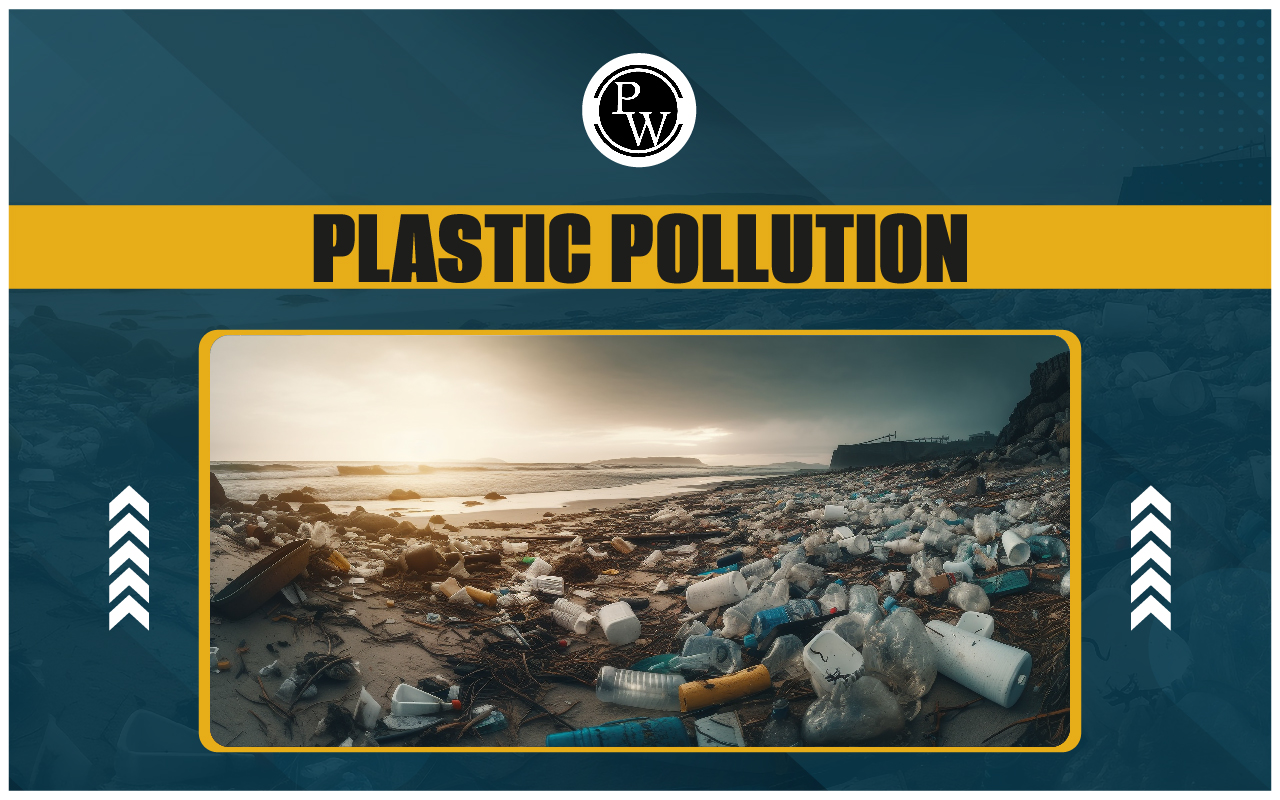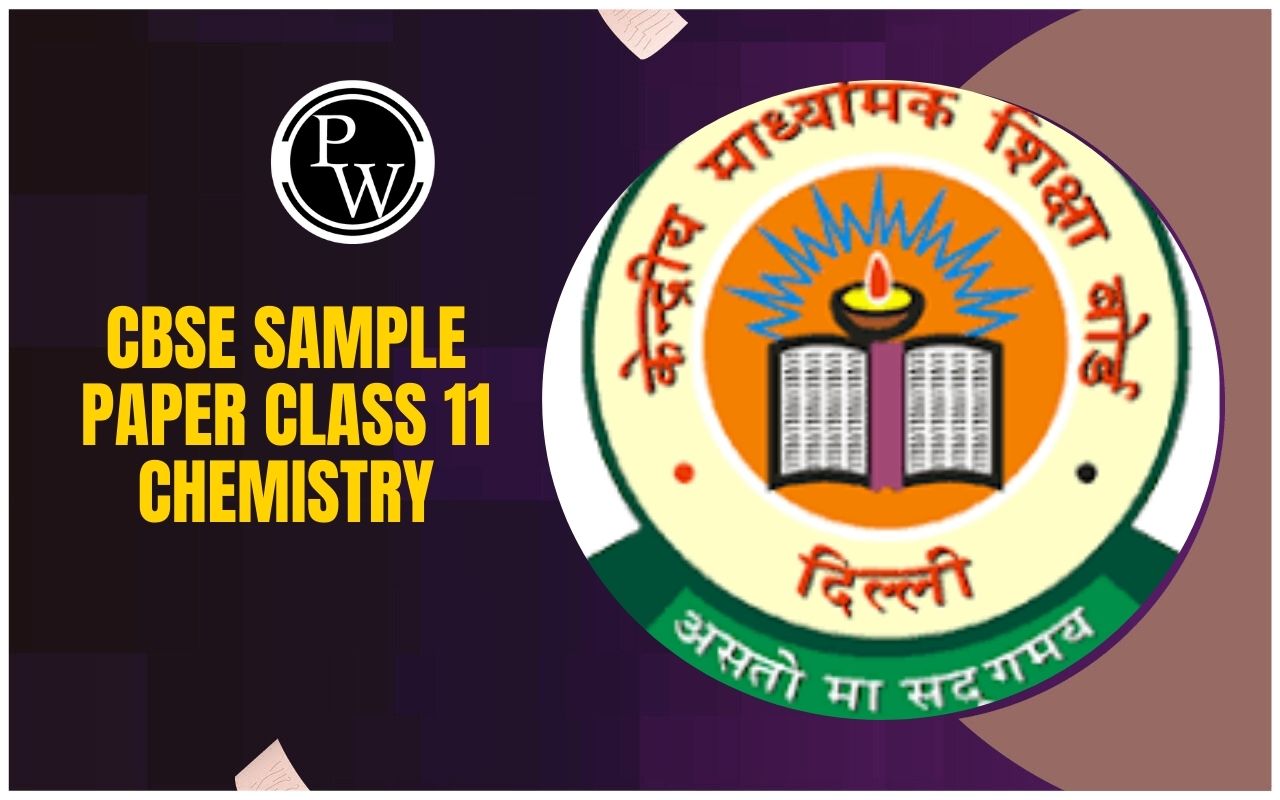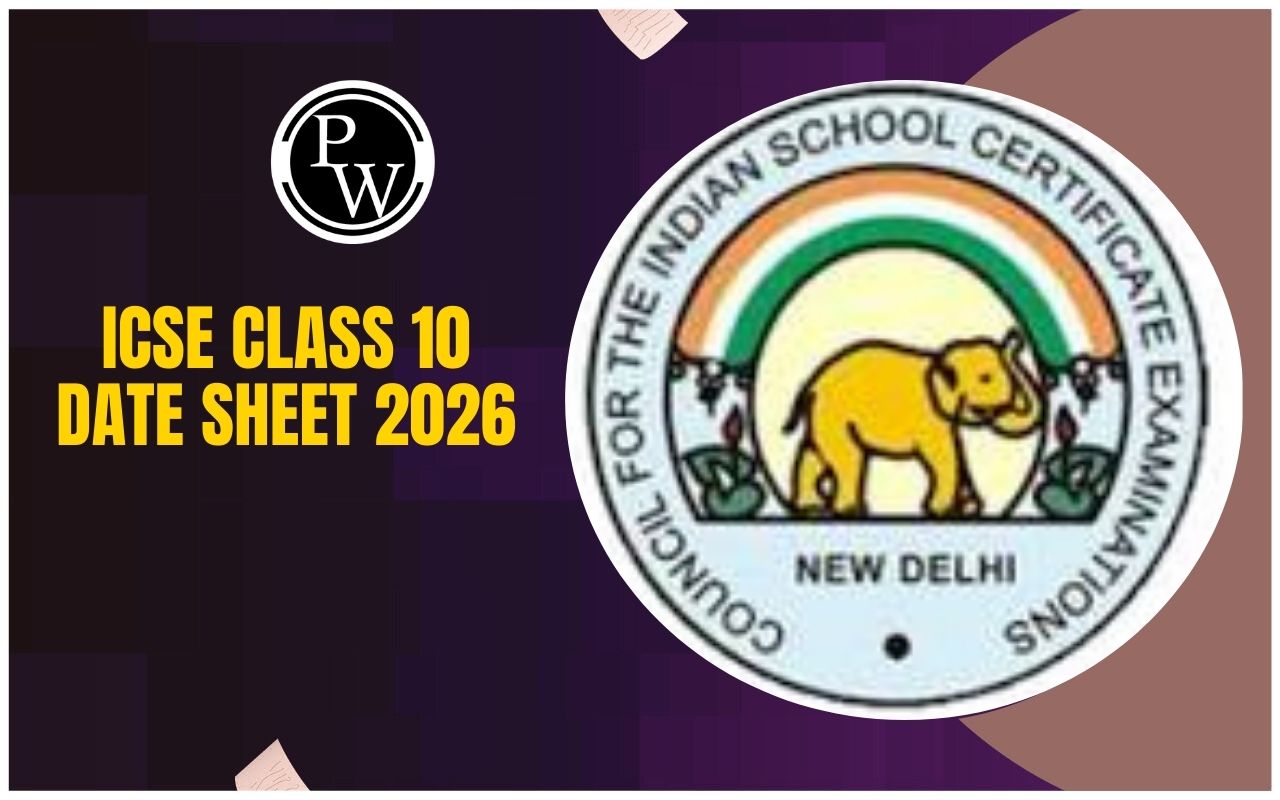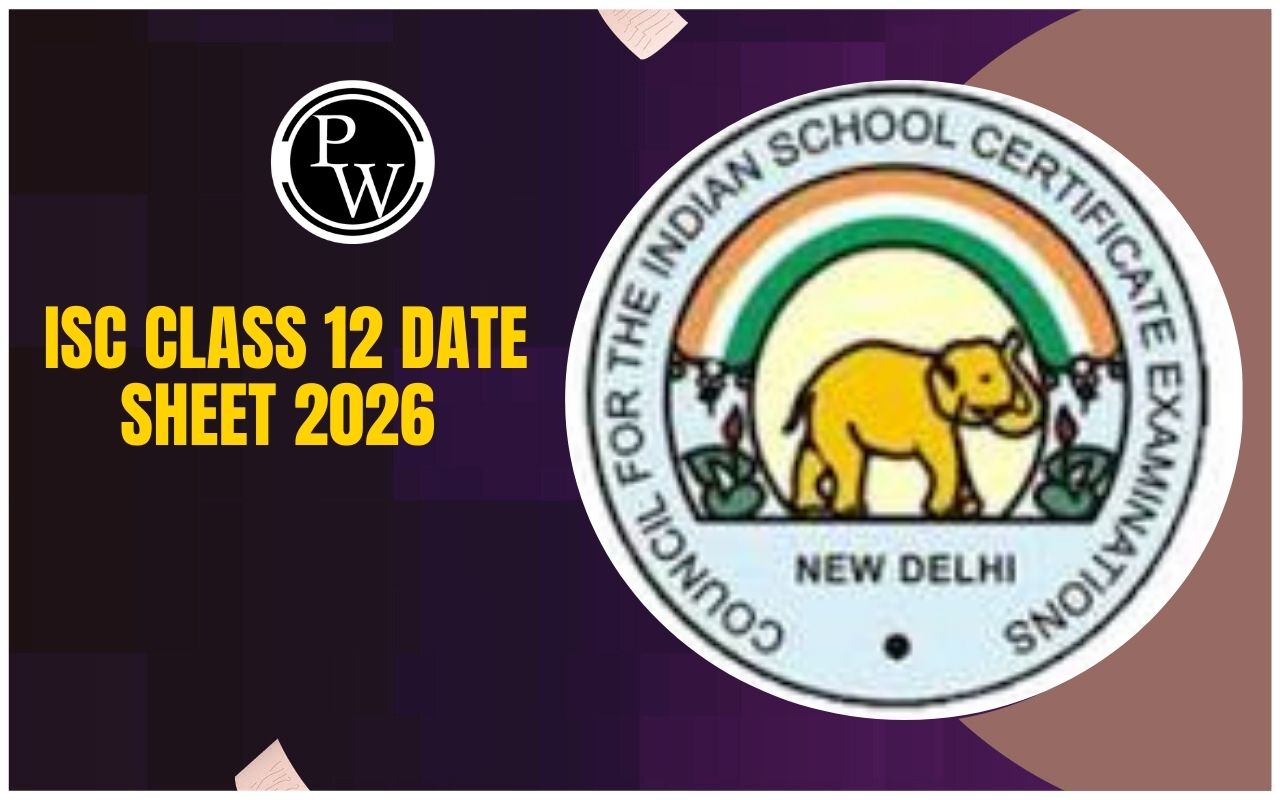
You have reached the proper destination if you were looking for information on the Effects Of Plastics .
This article offers a comprehensive description of plastic pollution, including its sources and its impacts on the environment, human and animal lives, and marine ecosystems. People who are short on time should read the article as much as possible, even if it's only the introduction and last paragraphs. This is the minimum amount of content that should be read.Effects of Air Pollution On Environment
Plastic Pollution
Plastic pollution is the accumulation of garbage made of plastic materials in the environment, which hurts the environment as a whole, as well as on wildlife and marine life. Plastic has the potential to take hundreds of years to decompose, during which time it can release harmful compounds into the environment. These chemicals can have an impact on human health as well as the food chain. Plastic pollution is a rising concern, particularly in the ocean, where plastic trash harms marine life and threatens entire ecosystems. This problem is exacerbated by the fact that more and more plastic is being produced. One strategy for lowering the pollution caused by plastic is to cut down on the use of single-use plastics, boost recycling and composting rates, and educate people about plastic's negative effects on the natural world.Causes of Plastic Pollution
Plastic pollution may be traced back to several different sources, including the following:Littering
Littering is one of the primary contributors to plastic pollution because it increases the likelihood that discarded plastic will find its way into natural environments such as the ocean, land, and other ecosystems. This may result from improper waste management procedures or just the failure of individuals to dispose of their plastic trash appropriately.Single-Use Plastics
Plastic items used only once before being thrown away, such as water bottles, shopping bags, and food packaging, are examples of single-use plastics.Effects of Air Pollution on Plants
Poor Waste Management
It is possible for plastic to get into the environment due to inefficient waste management techniques, such as failing to dispose of waste plastics in landfills correctly.Marine Litter
Plastic garbage dumped in the ocean may be moved around by currents and the wind. It can accumulate in particular places, such as the Great Pacific Garbage Patch.Microplastics A further contributor to plastic pollution caused by plastic is microplastics. These are fragments of plastic that are smaller than 5 millimeters in size. The breakdown of larger5 plastic goods, such as bottles and containers, and personal care products, such as exfoliating scrubs, can produce microplastics.Dispersal From Landfills
Plastic debris that is stored in landfills has the potential to be released into the surrounding environment by wind or runoff, adding to the problem of plastic pollution.Effects of Plastics
It is difficult to imagine a world in which plastics are not used because they are ubiquitous in our daily lives, whether in food packaging, toys, storage packing, furniture, or electronic equipment. This makes it difficult to conceive of a world where plastics are not utilised. Because of this, picturing a future without plastics is extremely challenging. Because it is one of the most efficient alternatives to wood, utilizing it may drastically reduce the number of trees that need chopping down to make room for other materials. Because of this, engaging in this practice is beneficial to the ecosystem's health. On the other hand, it may occasionally give rise to complications, such as when it includes the disposal of their products. Plastic artifacts have a higher propensity to suffer from wear and tear over time, which causes them to become brittle and necessitates their disposal because they are no longer useful 1. Effects on Environment : The use of plastics has a substantial negative effect on the surrounding environment. They contribute to greenhouse gas emissions through their manufacturing and disposal, and plastic debris frequently makes its way into seas, where it is harmful to marine life and the ecosystems that they are a part of. T he improper disposal of plastic litter also leads to polluting land with plastic, which negatively affects the local animals and the condition of the soil. Microplastics are very small plastic discovered in several environments, including soil, water, and even the air humans breathe. Plastic may take hundreds of years to decompose; while it does so, it releases hazardous compounds into the environment. This poses a risk to the health of humans as well as to the health of wildlife. It is very necessary to cut down on plastic usage and find better ways to manage the garbage it generates if we reduce plastic's negative effects on the ecosystem and preserve the earth for future generations.Double Fertilization In Angiosperms
2. Effects on Land : Plastic's extensive and harmful impacts on land are caused by it. The improper disposal of plastic waste results in litter and plastic contamination on land, which can be detrimental to the health of wildlife and the soil. Animals can become trapped in plastic trash and suffocate or become entangled in it, and wildlife can also consume plastic garbage, which can lead to injury or death. Plastic garbage buried in landfills contributes to the emission of methane, a powerful greenhouse gas that contributes to the warming of the planet and to climate change. Microplastics have also been discovered in soil. When they decompose, they emit poisonous compounds that are potentially hazardous to the health of humans and plants, animals, and other forms of life.Related Links -
: Plastic's negative consequences on seas are both serious and widespread. Plastic waste that has not been disposed of correctly frequently winds up in the ocean, threatening the health of marine ecosystems and organisms. Plastic litter can strangle and choke marine species. The presence of plastic in the ocean also plays a role in developing ocean gyres, which are huge systems of cycling ocean currents. Ocean gyres are responsible for accumulating waste plastic and constructing "trash patches" in the center of the ocean. Since more and more plastic ends up in the ocean, it poses a threat to marine life and the health of ocean ecosystems, as plastic can both absorb and give off hazardous compounds into the water.Difference Between Plant Cell And Animal Cell
4. Effects on Humans : The ramifications of human exposure to plastic are multifaceted and far-reaching. The presence of plastic garbage in landfills and seas has the potential to cause the release of hazardous compounds into the surrounding environment, which poses a risk to human health. Ingestion of microplastics has been related to various health concerns, including damage to reproductive systems and the production of toxic compounds within the body. In addition, the manufacturing of plastic results in the emission of hazardous air pollutants, which can have a detrimental effect not only on the quality of the air but also on people's health. 5. Effects on Animals : Plastics are extremely harmful and have terrible impacts. Plastic trash and litter may entangle and choke animals, and animals that swallow plastic risk being harmed or dying. The decomposition of waste plastic in landfills and seas also releases poisonous compounds that are harmful to wildlife and ecosystems. 6. Climate Change : The manufacture and disposal of plastic contribute to greenhouse gas emissions and can potentially affect the progression of global warming. 7. Food Chain Contamination : Small marine organisms can swallow plastic debris floating in the water, which is transferred up the food chain to larger predators. This can contaminate the food chain and negatively impact human health. 8. Loss of Biodiversity : Plastics can be a factor in the decline of biodiversity since they harm both species and the environments in which they live. Animals can become trapped in debris and litter made of plastic, and the decomposition of plastic trash in seas and landfills can lead to the release of poisonous compounds that are harmful to both wildlife and ecosystems.Prevention of Plastic Pollution
An approach that incorporates individuals, communities, corporations, and governments is required to combat plastic pollution successfully. The following are some of the measures that may be taken to reduce the impact of plastic pollution:- Reducing plastic usage : People can limit their usage of single-use plastics, such as straws and shopping bags, and replace them with alternatives are more environmentally friendly.
- Improvements in waste management : Communities may implement better waste management practices to minimise the amount of plastic waste in the environment by reducing the amount of plastic waste that ends up in the environment, such as recycling and composting.
- Supporting policies : Plastic bag bans and extended producer responsibility programmes are only two examples of the kind of regulations that governments might enact to reduce the amount of plastic used and discarded.
- Encouraging industry action : Industries may take measures to cut down on the amount of plastic they use and the trash they produce in their operations, and they can also seek to develop goods and packaging that are more environmentally friendly.
Related Links -
Plastic Pollution <span style=
What kind of effects does the use of plastic have on the ocean?
Plastic pollution is a significant problem in the ocean since litter made of plastic may be harmful to marine life and the ecosystems they depend on. Plastic may also enter the food chain, affecting human health.
What are microplastics, and how do they negatively impact the environment?
Plastic has the potential to pollute the surrounding environment with hazardous compounds, such as endocrine disruptors and carcinogens. Humans can consume these compounds, associated with various health issues, including malignancies, developmental and reproductive diseases, and endocrine disruption.
What kind of negative effects does plastic have on human health?
The production of sulfur dioxide and nitrogen oxides into the atmosphere is the root cause of acid rain, a kind of air pollution. It is possible for it to have a detrimental influence on the soil, the flora, and the water supplies, in addition to having an affect on the fauna.
What effects does plastic have on wild animals and marine life?
There are many different ways in which plastic may be hazardous to the health of wild animals and marine life. Marine species, for instance, are susceptible to ingesting particles of plastic, which can obstruct their digestive tract and cause them to starve to death. Plastic can potentially strangle animals, leading to serious injuries or even death.
What steps are being taken to lessen the environmental impact of plastic?
The creation of more environmentally friendly packaging, the decrease of single-use plastics, and enhanced recycling and composting initiatives are some of the things that are being done to cut down on the pollution caused by plastic. Additionally, governments and organisations worldwide are making efforts to educate people about plastic's negative effects on the environment and encourage individuals to minimize the amount of plastic they use in their daily lives.
🔥 Trending Blogs
Talk to a counsellorHave doubts? Our support team will be happy to assist you!

Check out these Related Articles
Free Learning Resources
PW Books
Notes (Class 10-12)
PW Study Materials
Notes (Class 6-9)
Ncert Solutions
Govt Exams
Class 6th to 12th Online Courses
Govt Job Exams Courses
UPSC Coaching
Defence Exam Coaching
Gate Exam Coaching
Other Exams
Know about Physics Wallah
Physics Wallah is an Indian edtech platform that provides accessible & comprehensive learning experiences to students from Class 6th to postgraduate level. We also provide extensive NCERT solutions, sample paper, NEET, JEE Mains, BITSAT previous year papers & more such resources to students. Physics Wallah also caters to over 3.5 million registered students and over 78 lakh+ Youtube subscribers with 4.8 rating on its app.
We Stand Out because
We provide students with intensive courses with India’s qualified & experienced faculties & mentors. PW strives to make the learning experience comprehensive and accessible for students of all sections of society. We believe in empowering every single student who couldn't dream of a good career in engineering and medical field earlier.
Our Key Focus Areas
Physics Wallah's main focus is to make the learning experience as economical as possible for all students. With our affordable courses like Lakshya, Udaan and Arjuna and many others, we have been able to provide a platform for lakhs of aspirants. From providing Chemistry, Maths, Physics formula to giving e-books of eminent authors like RD Sharma, RS Aggarwal and Lakhmir Singh, PW focuses on every single student's need for preparation.
What Makes Us Different
Physics Wallah strives to develop a comprehensive pedagogical structure for students, where they get a state-of-the-art learning experience with study material and resources. Apart from catering students preparing for JEE Mains and NEET, PW also provides study material for each state board like Uttar Pradesh, Bihar, and others
Copyright © 2025 Physicswallah Limited All rights reserved.












